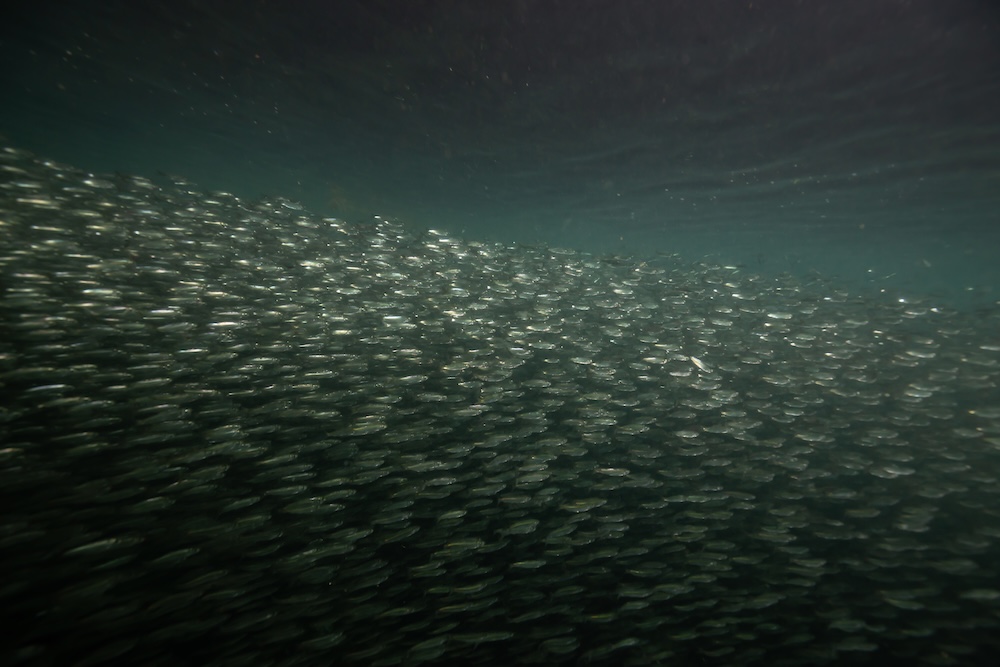Scientists Just Discovered a Thriving Community of Life in the Pacific Trench — and It Changes Everything
In 2025, something extraordinary happened beneath the surface of the Pacific Ocean — over 31,000 feet deep, in a place so dark and pressurized that we once believed life couldn’t possibly survive. But it didn’t just survive.
It flourished.
An international team of scientists has discovered a whole new type of ecosystem in the hadal trenches of the Pacific — a vibrant, self-sustaining community of organisms living not on sunlight, but on chemicals leaking from the Earth itself. It’s one of the most extreme environments ever studied — and it may be one of the most important.
This is not just a scientific breakthrough. It’s a humbling reminder: we still know so little about our own planet.
What Scientists Found in the Deepest Trenches on Earth
The discovery was made in the Kuril-Kamchatka and Aleutian Trenches, deep under the northwestern Pacific Ocean, during a 40-day expedition led by the Chinese Academy of Sciences. Using the deep-sea submersible Fendouzhe, scientists reached depths of over 9,500 meters (31,167 feet) — among the deepest ever explored by humans.
There, they found something no one expected:
- Clusters of bright-red tubeworms
- Ghost-white clams and anemones
- Snails, cucumbers, and microbial mats clinging to the seafloor
- Signs of complex food webs — all completely independent of sunlight
This isn’t just deep-sea life — it’s a whole new biological system.
A New Type of Ecosystem: Life Without Sunlight
Unlike most ecosystems on Earth that depend on photosynthesis, these hadal communities rely on chemosynthesis — the process by which bacteria convert chemicals like methane and hydrogen sulfide into usable energy.
Here’s how it works:
- Organic matter deep in the sediment breaks down, releasing methane.
- Microbial communities metabolize that methane.
- These microbes form symbiotic relationships with larger animals like clams and tubeworms.
- The entire ecosystem is fueled by chemical energy — no sun required.
This kind of life isn’t new in concept (similar communities exist around hydrothermal vents), but this is by far the deepest one ever discovered, located 25% deeper than any previously known chemosynthetic system.
Why This Discovery Matters
It Redefines Where Life Can Exist on Earth
Until recently, scientists believed that beyond a certain depth, life simply ran out of energy. But this find proves that even at crushing pressures, frigid temperatures, and total darkness, Earth can still host thriving, complex ecosystems.
This challenges everything we thought we knew about biological limits — and hints that life could exist in similarly extreme places beyond Earth, such as Europa or Enceladus, moons with subsurface oceans.
It Expands Our Understanding of the Carbon Cycle
The microbes in these deep-sea trenches don’t just survive — they may play a major role in sequestering carbon and controlling methane emissions.
By metabolizing methane and other hydrocarbons before they escape into the water column, these ecosystems may act as natural regulators of greenhouse gases — a function we’re only beginning to understand.
It Highlights the Risks of Deep-Sea Mining
These ecosystems are fragile and irreplaceable — and many of the regions where they exist are being targeted for deep-sea mining in the race to extract rare earth metals.
If mining proceeds without proper understanding and regulation, we risk:
- Destroying species we’ve just discovered
- Collapsing microbial networks that regulate ocean chemistry
- Disrupting global climate feedback loops
This discovery should serve as a wake-up call to prioritize ocean conservation over short-term extraction.
It Shifts Our Perspective From Control to Curiosity
In a time when humans try to control and optimize everything, this discovery invites something different: awe.
These ecosystems exist entirely outside our influence — and yet they matter deeply to our climate, our biosphere, and possibly our future survival.
The lesson is clear: Earth still holds mysteries we haven’t even imagined. The deeper we look, the more we realize how little we know.
What Scientists Are Studying Next
Now that the initial discovery has been confirmed, researchers are turning their attention to:
- Genetic sequencing of organisms to identify new species
- Microbial metabolism, to understand how these communities process carbon
- Adaptation mechanisms for surviving crushing pressure
- Potential analogs for extraterrestrial life systems
Of the 23 dives conducted during the expedition, 19 revealed chemosynthetic ecosystems — suggesting that these communities may be more widespread across the world’s hadal trenches than anyone thought.
What This Means for Climate and Conservation
These ecosystems are:
- Invisible carbon regulators
- Natural methane scrubbers
- Biological proof that life can exist in the harshest places
They are also vulnerable — and as of 2025, still unprotected by most international ocean policies.
Protecting these newly discovered communities isn’t just about preserving biodiversity — it’s about safeguarding Earth’s ability to regulate itself.
What You Can Do to Support Ocean Discovery and Protection
You don’t have to dive 30,000 feet to help.
Here’s how to take action:
- Support marine protected areas that include trench ecosystems
- Say no to deep-sea mining, especially for tech metals from sensitive zones
- Reduce plastic pollution and chemical runoff that harm ocean health
- Stay informed and advocate for ocean-first policies at every level
- Donate to organizations doing deep-sea exploration, science, and preservation
Curiosity and conservation go hand in hand — and every conscious choice helps protect what we’re only just beginning to understand.
A Final Thought: Earth Isn’t Finished Surprising Us
In a world saturated with headlines, it’s easy to believe that everything important has already been discovered. But the ocean — vast, silent, and largely unexplored — tells a different story.
This discovery, 30,000 feet beneath the surface, reminds us that the planet is still brimming with undiscovered life.
And maybe, just maybe, that life holds answers to questions we haven’t even asked yet.









Reader Interactions